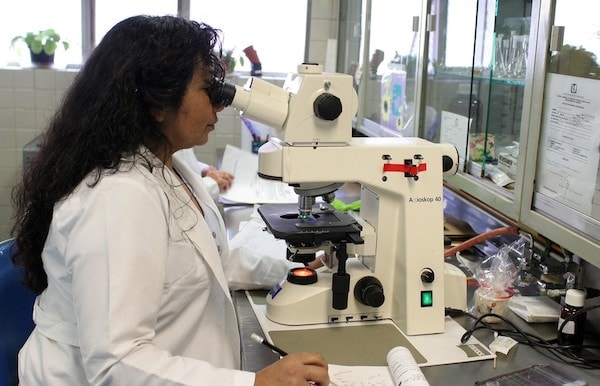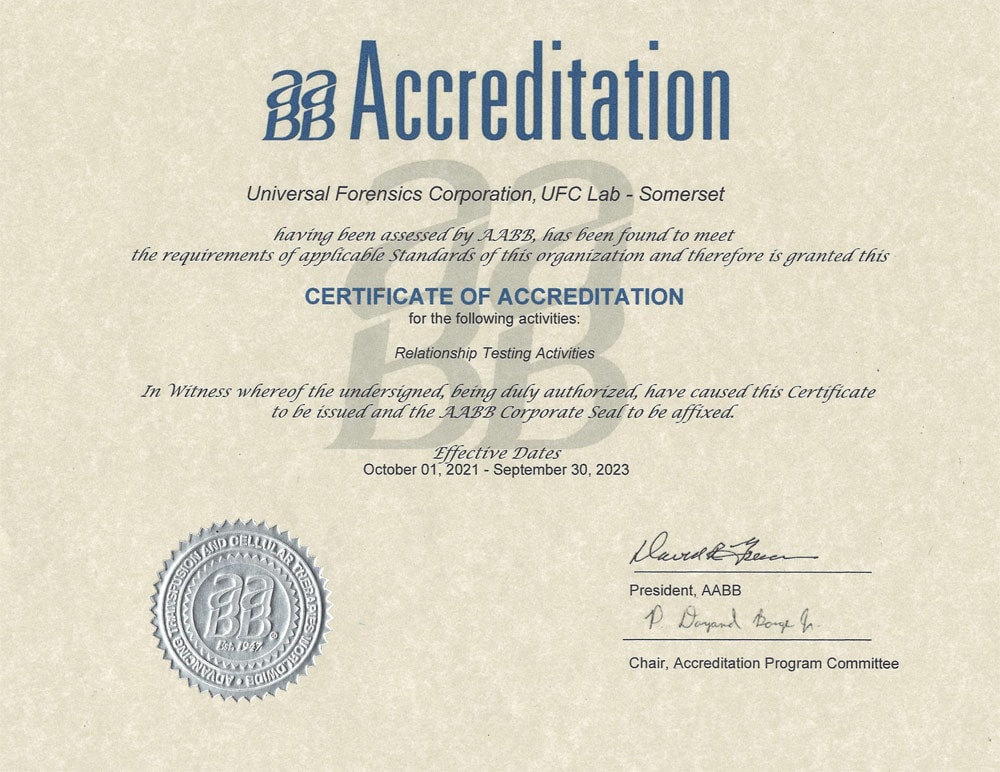How Does DNA Testing Work?

If you’ve ever watched daytime television, you may have stumbled across tabloid talk shows where they try and determine the paternity of a child. Perhaps those scenarios have gotten you thinking about how DNA tests work and what they’re used for.
In this article, we’ll explain how DNA testing works so not only do you get a clearer picture, but also so you can determine if DNA testing is a good option for you.
How DNA Testing Works: A Simple Guide
Every human being has 46 chromosomes; you get 23 from your mother, and 23 from your father. While every person has the same 99.9% of DNA, your chromosomes contain the 0.1% of genetic material that makes you unique.
When your DNA is collected and tested, scientists look for genetic markers, which are the things that make you different from other people. No matter what it’s used for, your DNA will be compared to another sample to determine how many markers match. The degree of your relation will depend on how many markers match with the other sample.
How DNA Is Collected
There are several ways you can collect DNA. They include:
Basically, anything that contains your cells can be taken and analyzed for their DNA content.
The Types of DNA Testing
There are several types of DNA testing you can get done:
- Paternity and maternity: This is to establish who the father or mother of a child is.
- Family tree: This helps you link your DNA to generations past.
- Hereditary disease: You can find out if you’re predisposed to certain hereditary diseases so you can take preemptive measures if necessary.
- Ethnicity/ancestry: Find out where your ancestors originally came from. Many of these tests can also connect you with relatives you didn’t know existed.
- Criminal case: DNA evidence is compared to suspects and victims in cases to prove or disprove innocence.
The Process
First, you send in your DNA sample. Then, scientists use something called polymerase chain reaction (PCR) to make millions of copies of the DNA found in your sample. Think of it as a way of magnifying your DNA so it’s easier to work with.
Then, they use chemicals to cut your DNA into chunks like you would with a long strip of film. With each chunk, they analyze the DNA codes and create a “fingerprint.” These fingerprints are the markers used in DNA matching.
If no markers match up, that indicates two things: you aren’t the person in the other sample, and you’re not related to them either. If some markers match, you may be related to that other person.
However, a complete match doesn’t mean the other sample is yours. There’s a very infinitesimally small chance there’s someone out there with the same genetic markers as you.
Get Confirmation Today
How DNA testing works is fascinating, and it may beneficial for you. While it had its simple uses for paternity testing in the past, today, you can use it to contribute to elaborate family trees.
Do you need DNA testing done? Then order a test from us today.
Tags: how dna testing works







